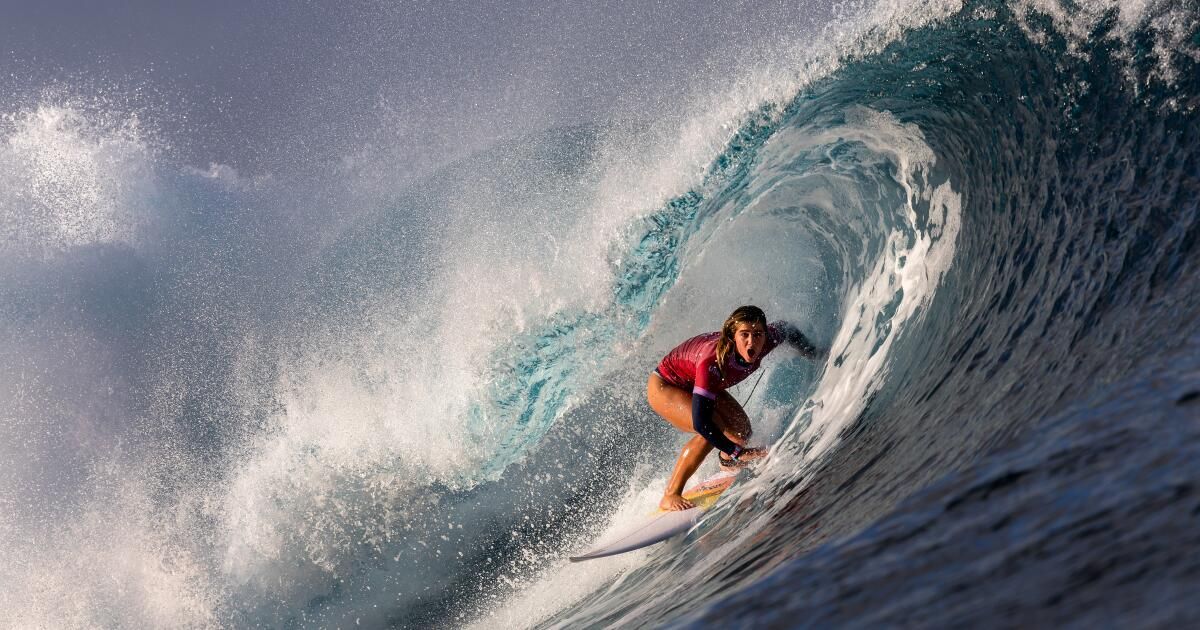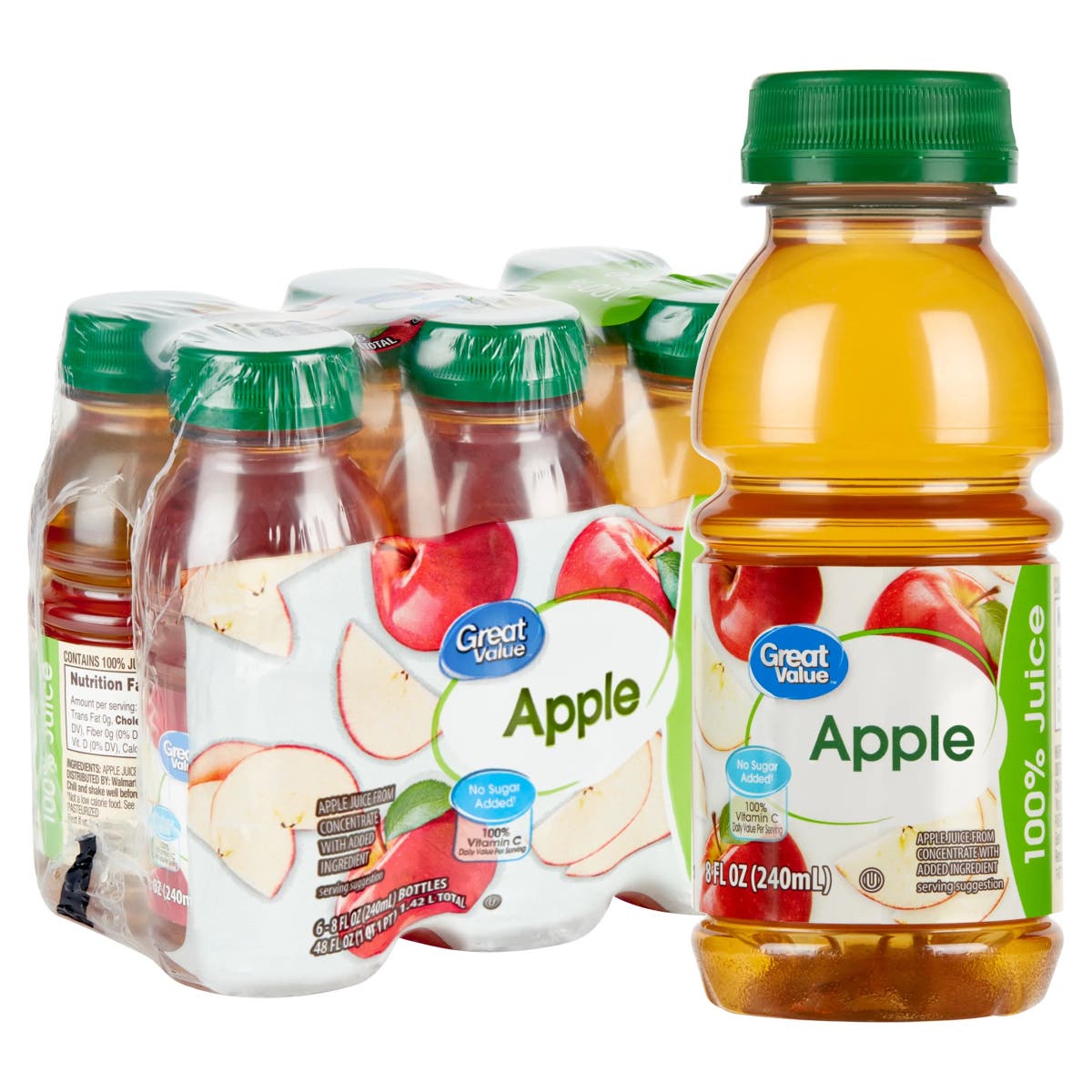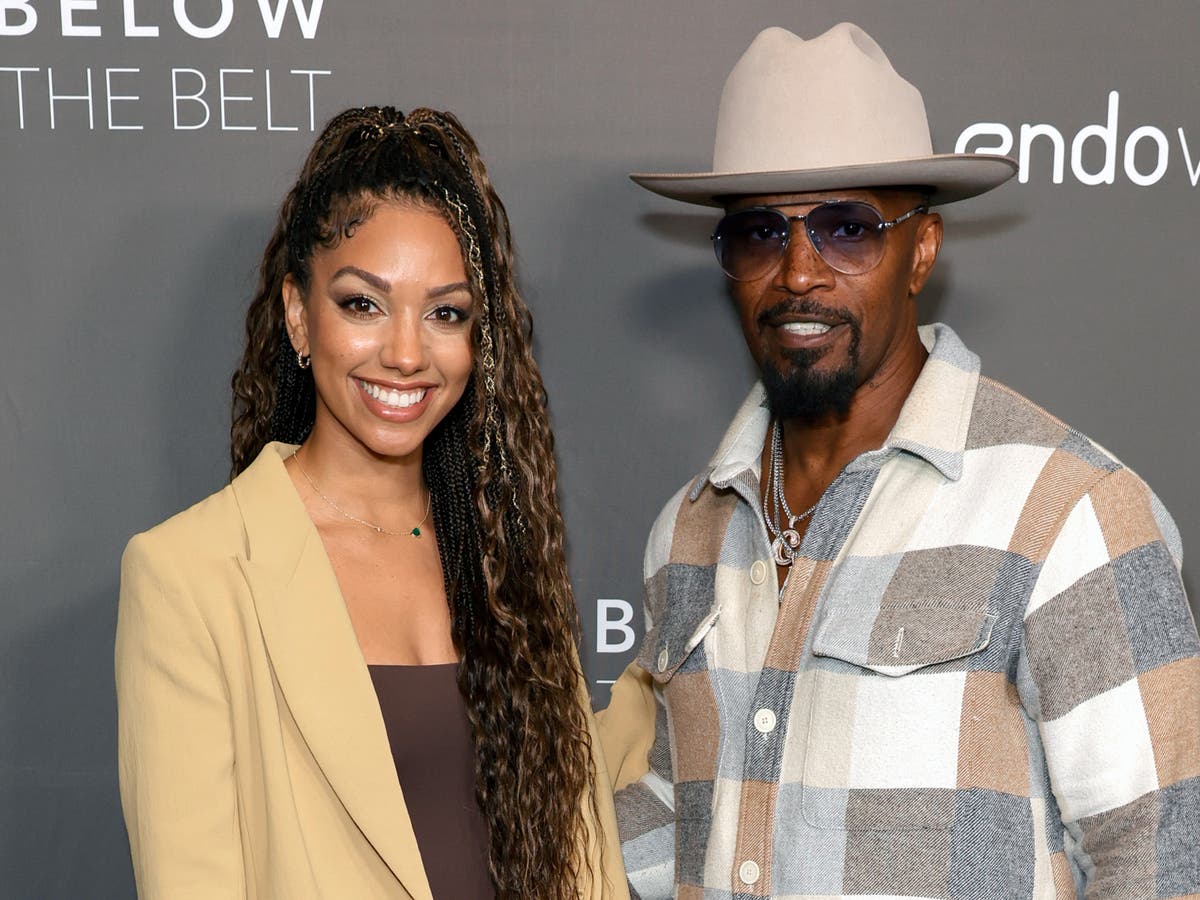Some things are unavoidable when surfing in Southern California: It can feel like an exclusive club, you may have to fight traffic to get to good waves, and you may hear very specific and sometimes confusing dialogue.
When you paddle out, it's like you've entered a new world with its own language that might sound like: “Did you see that crazy guy? He made me weave on such a big wave!”
No, this isn’t Gen Z slang. There’s no “rizz” or “cap” to be found, and while what surfers might say to each other in the water might be “fishy,” you’re more likely to hear “gnarly” intertwined with “drop-in” or “barrel.”
Just like every generation has its slang, so do surfers, and boy, how it has evolved over the decades. Some surfer expressions, like stoked, have even infiltrated the non-surfing language of Southern California, but that depends on how close you are to the coast.
“Surfing seems to have another layer of words that are special to us,” said Matt Warshaw, author of “The Encyclopedia of Surfing” and “The History of Surfing.” “It also has a kind of cadence to it. It’s also about trying to figure out the level of irony we’re throwing out there.”
If you've watched the Olympic surfing competition at Teahupo'o in Tahiti, you'll have noticed that the commentators are keenly aware of the linguistic eccentricities of the subculture and elegantly explain surfing moves and terms to a global audience.
If you're interested in joining the club or want to better navigate the surfer roster, knowing these words can make the difference between a good surfing experience and a bad one. While you're waiting for the waves, here are some common surfing terms we've heard recently:
A-shaped wave, n.
A-frame waves are used to describe a wave that breaks in an “A” shape and are often referred to as “peak waves.” A-frame waves allow surfers to ride the breaking wave in both directions or split the peak. A-frame waves can form virtually anywhere, but most often form on sandy beaches in suitable surfing conditions.
Barrel, n. and v.
The term barrel is used to describe a hollow, more powerful wave and the act of surfing within the hollow section of a wave.
If you've watched any of this year's Olympic surfing competitions at Teahupo'o in Tahiti, you may have noticed that the edge of the wave tilts up and forms a cupped curl. This is known as a tube, and it's one of the most sought-after surfing experiences. When the right swell breaks over its very shallow reef, Teahupo'o is one of the most dangerous tube rides in the world.
Loading, v. Often used to describe a surfer who paddles aggressively to reach bigger waves and puts all his effort into catching them; charging can be used as a compliment from one surfer to another, as in: “I saw you charging that big wave!”
Drop, v. The term “dropping in” is often used to refer to a surfer cutting off another surfer who is already riding the wave. This action refers to a violation of surfing etiquette and often leads to frustration.
Twisted, adj. Originally from the word “gnarled,” meaning rough or gnarly, surfers adapted the word in the 1970s to describe something that might be considered extreme, such as surfing an intimidating wave, Warshaw said.
“It’s not an idea we invented, but we’ve adapted it for our own use,” Warshaw said, recalling a 1972 Surfer magazine caption featuring a “horrible-looking wave” in which the word was first used. “It’s a perfect way to describe … the kind of waves we see and surf. Apply it to any situation that’s a little bit tricky,” he said.
Kook, n. This word, sometimes spelled “kuk,” is often used by surfers to describe a less experienced surfer. It may be one of the most derogatory terms in the surfing world. Kook originates from the Hawaiian word “kukae,” which means trash. The word describes a surfer who doesn't understand surfing etiquette or has a bad attitude.
“I sometimes say it if other people in the lineup have no idea what they’re doing… that’s surfing, unfortunately,” said Joseph Barber, a recreational surfer from San Clemente.[The waves are] “A scarce resource, and when you add to that a lot of people who don’t know what they’re doing, things get intense.”
Alignment, n. This refers to the area just behind the breaking waves, where surfers wait for waves. These spots can vary in size and, depending on the swell, are the official places where people must paddle out to catch waves and wait for their turn.
Pearl, v. When a surfer puts too much weight on the front of his board, the nose of the board dips into the water, often causing the surfer to flail or fall off the board. Warshaw said the term is similar to pearl fishing and is reminiscent of a person diving off a boat or dock.
Shaka, v. The hand gesture most closely associated with surf culture, the shaka is formed by making a fist with the thumb and pinky extended. Although the gesture is closely associated with Hawaiian surf culture of the 1970s, the Oxford English Dictionary says it possibly has Japanese roots.
“If a camera comes out, my hand almost automatically goes to it. [gesture]“Even though it sounds a little silly, it’s basically a greeting,” Warshaw said. “What used to accompany shaka was ‘howzit.’”
Along with shaka, howzit is a Hawaiian slang term meaning “how are you.”
excited, n. Stoked means to stoke a fire and, in surfer parlance, is an expression of pure excitement and satisfaction that one can feel after catching a good wave or completing a difficult maneuver. According to the Encyclopedia of Surfing, surfers began using this expression in the 1950s and it has been a common expression both in and out of the water ever since.
“When surfers are excited about surfing, they might say, ‘I’m really excited,’ ‘I’m pumped,’ or, my personal favorite, ‘I’m pumped,’” said Kevin Tran, a recreational surfer from San Clemente.
As you paddle out to the surf line, remember that surfing is more than just catching waves—it's a community with its own subculture that can vary from place to place. Whether you're eager for the next wave or just excited to be part of the scene, understanding the language (and, of course, surf etiquette) will help you surf with more confidence.












